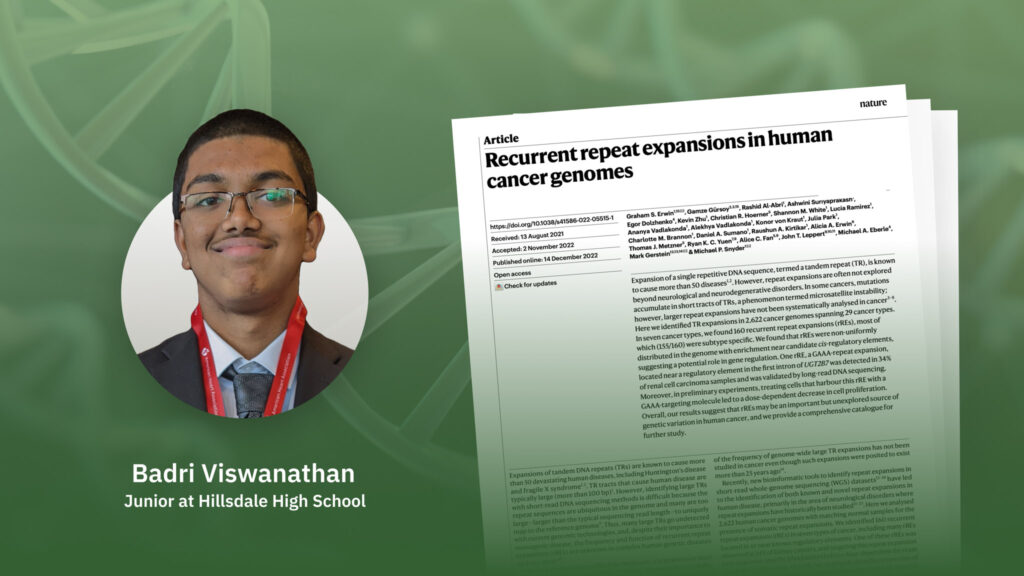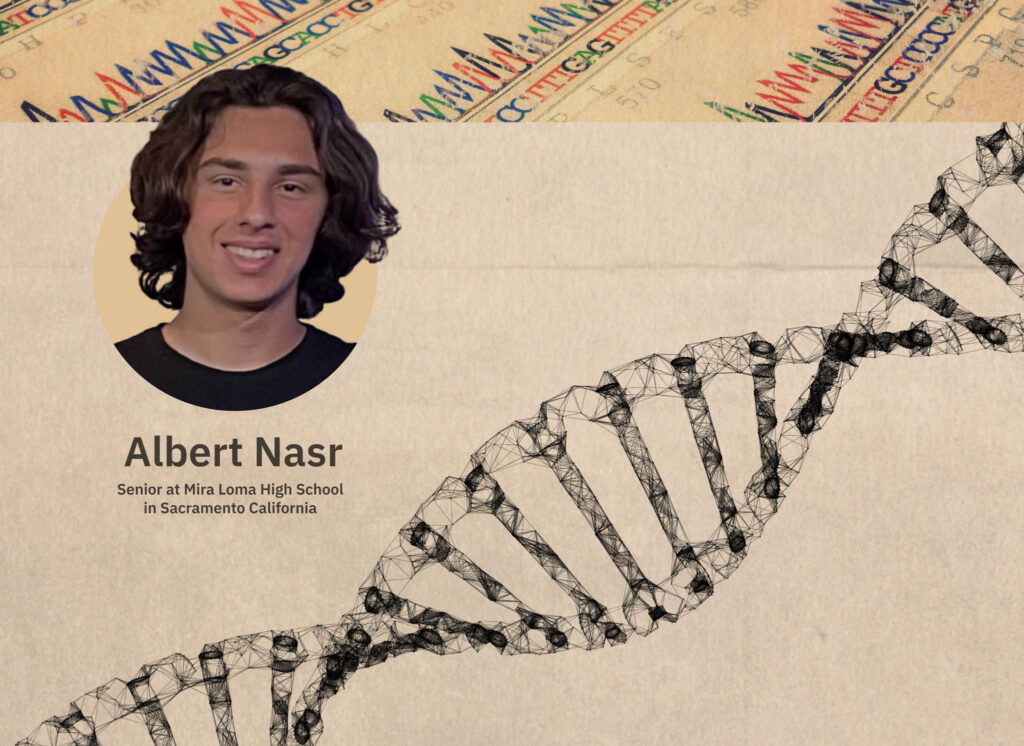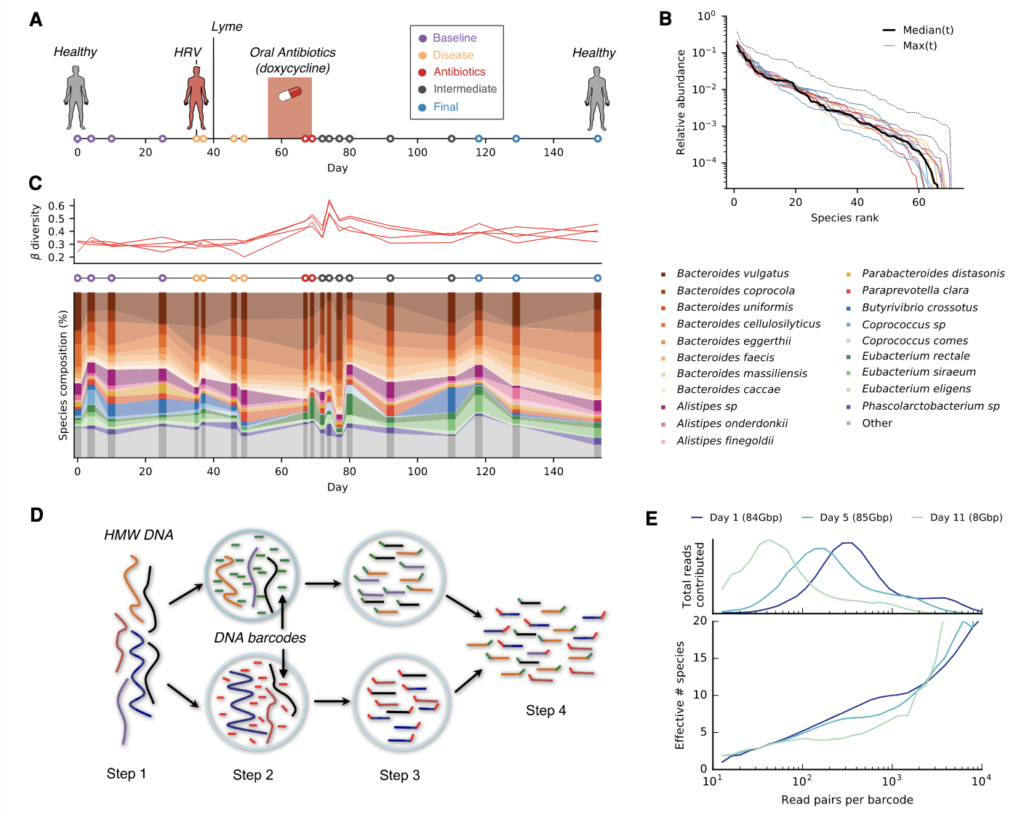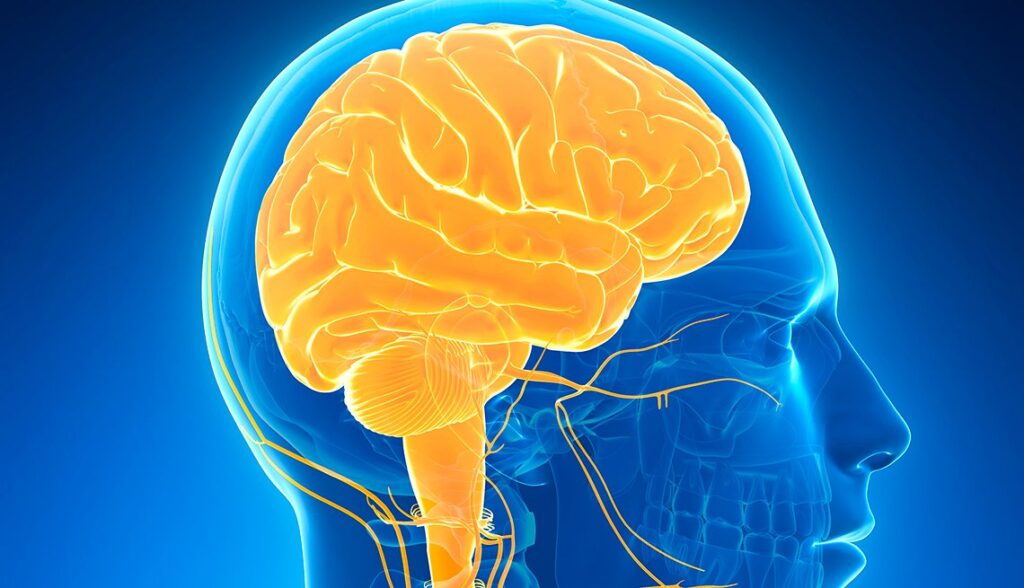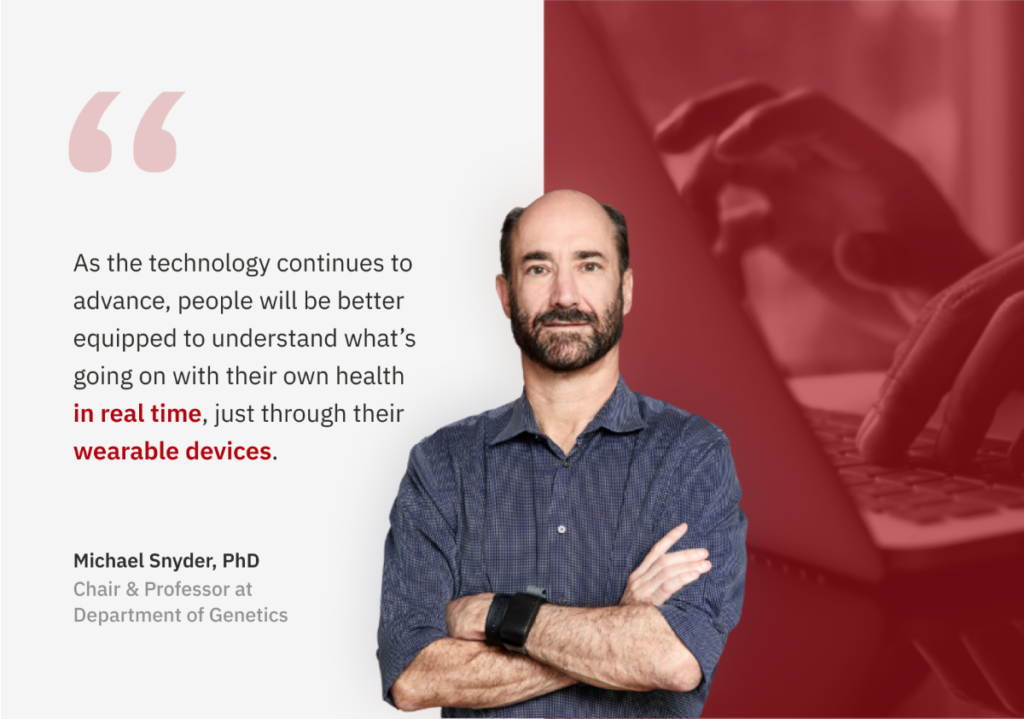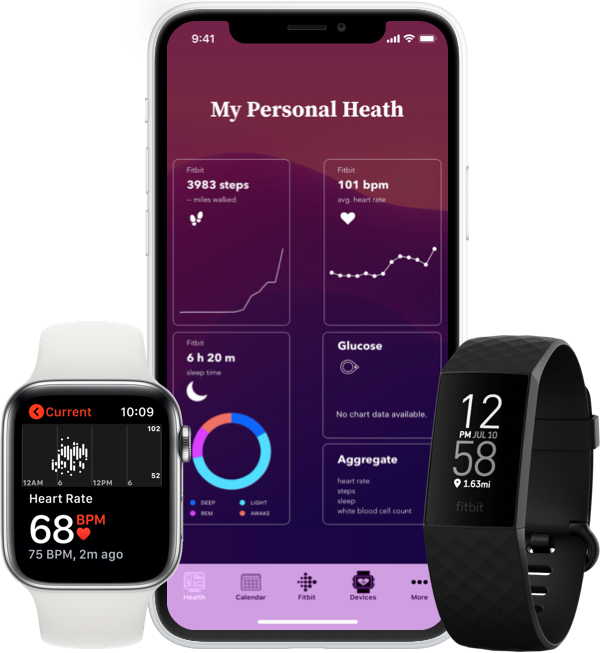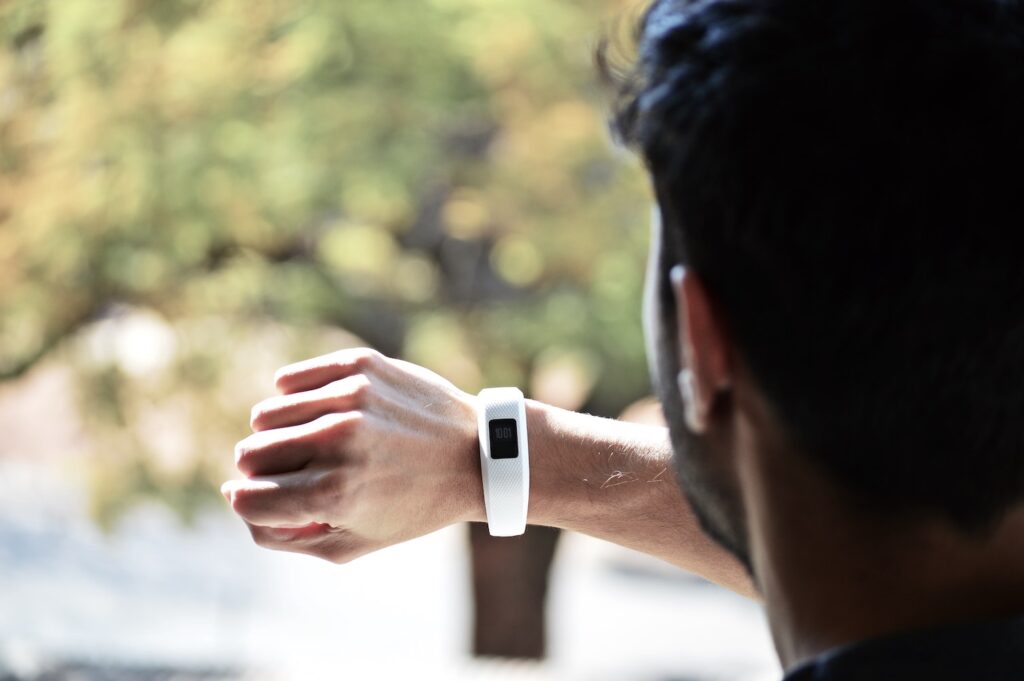Featured on the cover of Cell Reports journal August 2022: Dr. Michael Snyder and team have released key findings.
Read the study: https://bit.ly/3RnK9K3
Listen to the podcast: https://bit.ly/3TPiZxx
This work is a step forward leveraging primate stem cells for future of organ generation.
A significant potential of this work is to utilize generation of primates (including human) tissues and organs to reduce, refine and eventually replace the use of animals in biomedical research.
Great work collaborating with a fantastic group of colleagues from Johns Hopkins University, University of California Davis, and Stanford University School of Medicine.
Link to the paper:
Stanford Medicine News link:
Stanford Medicine researchers take early, critical step toward growing organs
Researchers have shown initial viability of an embryo that contains both chimpanzee and macaque cells in a preliminary study that explores the feasibility of primate organ genesis.
August 30, 2022 – By Hanae Armitage

Cinemanikor
The severe shortage of organs available for human transplant has forced researchers to get creative in generating new ones. Some have pinned their hopes on pigs; others aim to grow organs in a dish — but these efforts have been largely fruitless or plagued by complications.
An approach that’s been simultaneously the most promising and the least successful is developing human organs in animals. But new research from scientists at the Stanford School of Medicine and their collaborators lays the very preliminary groundwork for a technique that might provide scientists a revived pathway for this type of organ generation.
To show that such an approach is feasible, one would need to demonstrate that human stem cells (which grow into specialized cells and parts of the body, including organs) could survive within the early embryo of an animal, which acts as a sort of biological incubator. But the options for developing those cells are appropriately limited: Laws in the United States — and scientific ethics — carefully prohibit the option of experimenting with chimeras (a mixture of two genetically different cells) between humans and primates, explained Michael Snyder, PhD, professor and chair of genetics.
Instead, the team has turned to the cells of non-human primates to act as a proxy. “We’re using chimpanzee cells in this study because we know they are very close, genetically, to human cells. We show that chimpanzee stem cells can survive in a different animal model — in this case, a rhesus macaque — with the hope that viability will let us further explore organ generation down the line,” said Hiromitsu Nakauchi, MD, PhD, professor of genetics. “This is our long-term goal. And it’s not easy.”
Other research teams have tried this approach, but none had been successful. Only when Stanford veterinary research scientist Morteza Roodgar, DVM, PhD, developed a new method to generate more stable, robust chimpanzee pluripotent stem cells, which possess the capability to grow into any tissue type, did the team find renewed hope for the method.
A paper describing the team’s findings was published in Cell Reports Aug. 30. Snyder, who is the Stanford W. Ascherman, MD, FASC, Professor in Genetics; Nakauchi; and Catherine VandeVoort, PhD, a professor at the UC Davis Primate Research Center, are co-senior authors of the study. Roodgar is the lead author.
A door once closed, now ajar
Scientists have been chasing the prospect of generating human organs in animals for years — many even consider it a holy grail of organ genesis. Using a person’s own stem cells to grow, say, a new liver, would circumvent any possibility of rejection, as the new tissue would reflect their natural biological makeup — and it would remove the often excruciatingly long wait time on transplant lists.
Nakauchi is a pioneer and longtime proponent of interspecies organ generation. In his early work, he has demonstrated that it’s possible to create a rat pancreas in a mouse. His team then showed that the organs generated inside the body of another species can be transplanted back to the original species without rejection. “If this principle were to work between humans and large animals, it would be possible to produce human organs in an animal, such as a pig,” Nakauchi said.
Primate and rodent biology, however, can be worlds apart, so scientists needed to replicate the rodent results in primates. But culturing chimpanzee stem cells proved difficult. They were finicky, wily and otherwise unruly in a dish, dying prematurely and differentiating, or growing into specific cell types, when they weren’t supposed to. (Part of creating good-quality stem cells is ensuring that the cells are stable so they can be programmed to transform into a specific tissue type, Roodgar said.) After many failed experiments, momentum in the field petered out.
Roodgar’s new technique, which fine-tunes the gene activity of chimpanzee stem cells, imbuing them with more stability, cracks open the door to this research and the possibility of continued exploration.
The biggest win was the viability the team demonstrated with non-human primate cells in an early embryo, which was more akin to a clump of cells than anything resembling a living organ or animal, Roodgar said. The more robust stem cells — derived from blood cells taken from a chimpanzee at the Southwest National Primate Center in Texas during a routine medical exam — were combined with an embryo of a rhesus macaque. Two days later, the implanted cells were still alive. “We were able to show that the cells survive, replicate and grow,” Snyder said. “These improved stem cells are going to be an essential part of our model and research.”
While the proof-of-principle finding is exciting, it’s still too early to know if the viability observed in the chimera embryo portends an approach to personalized organ transplants. It does, however, give scientists a reason to pursue the next phase of their research.
Ethically minded progress
The team will explore whether the stem cells in the chimera embryos can assume new cellular identities and create different tissues. As the stem cells morph and grow into various tissue types, it will be crucial to put up biological guard rails, Roodgar said. “There are ways to inhibit stem cells from becoming certain cell types — such as cells of the brain or nervous system,” he said. “Creating a non-human primate with human brain cells is a boundary we wouldn’t cross.”
Outside of being central to investigating organ formation for humans, the high-quality stem cells could benefit chimpanzees. For instance, many evaluation protocols in the pharmaceutical industry test new drugs or treatments on live primates. If non-human primate stem cells could dependably generate organs, those could replace, reduce or even eliminate the need for live non-human primate testing.
Roodgar emphasizes that the research is incremental. “We shouldn’t get ahead of ourselves. We need to answer one scientific question at a time, actively evaluating scientific and ethical feedback,” he said. “As the science grows, the ethical discussion will grow with it, and together, as a community, we can navigate how to proceed.”
Funding for this study was provided by the National Institutes of Health (grants P51OD011133 and T32HL120824-6) and the California Institute of Regenerative Medicine Research Leadership Award.
Researchers from Johns Hopkins University School of Medicine contributed to this study.
 Hanae Armitage Hanae Armitage is a science writer in the Office of Communications. Email her at harmitag@stanford.edu.
Hanae Armitage Hanae Armitage is a science writer in the Office of Communications. Email her at harmitag@stanford.edu.









